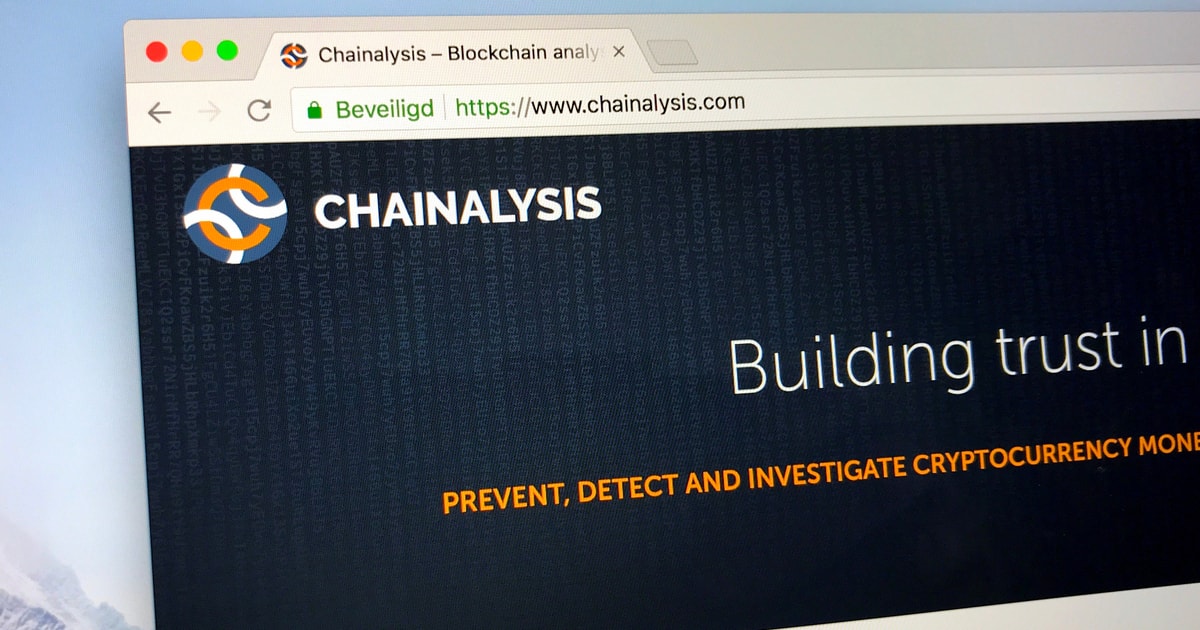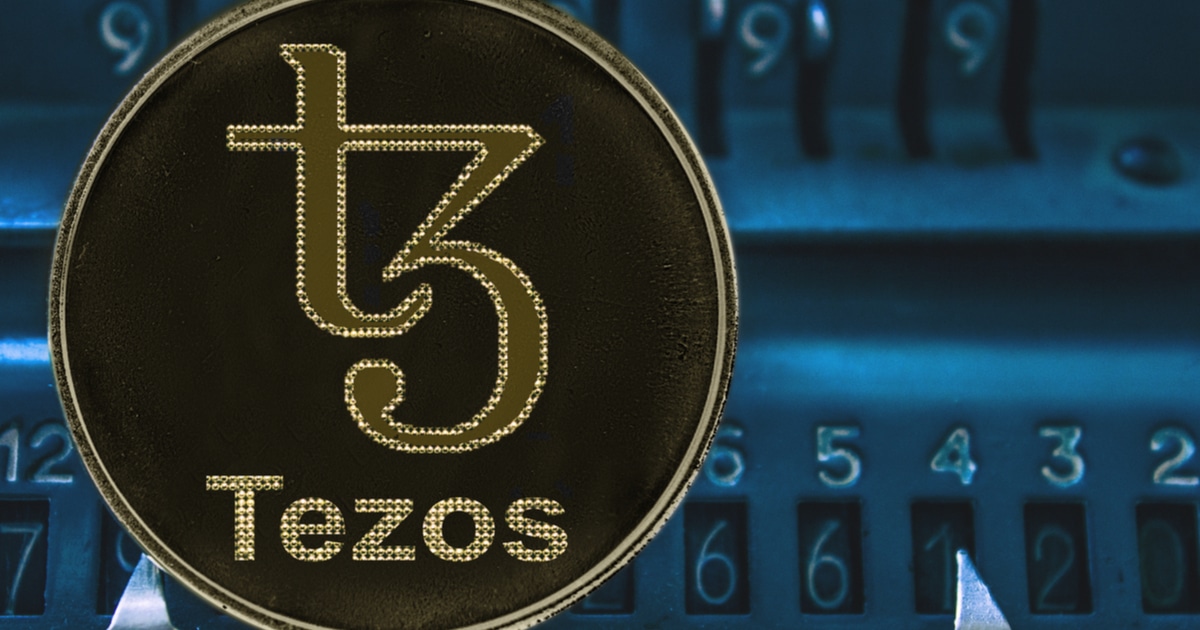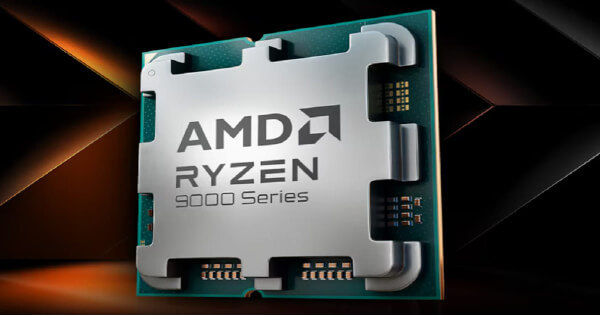Consensus algorithms are processes where validators (also known as nodes or miners) within a blockchain network agree on the current state of the network. This mainly entails agreeing on whether a transaction submitted by a validator is authentic. Fraudulent or inaccurate transactions are rejected by the network assuming all validators are acting fairly with no malicious intent. Validators are rewarded with cryptocurrency for submitting accurate and authentic transactions, whilst malicious actors are penalized depending on the consensus protocol.
For example, in proof-of-work (PoW) networks like Bitcoin (BTC), validators have to spend energy via expensive hardware to validate transactions, and if successful, they gain new tokens. If they act maliciously they gain nothing and the loss comes from the wasted energy used in submitting the fraudulent or inaccurate transaction.
In proof-of-stake (PoS) users stake tokens and receive additional tokens for submitting authentic transactions, while losing a portion for submitting wrong transactions.
In proof-of-time (PoT) protocols the principle is the same, with validators receiving additional tokens for submitting authentic transactions but lose tokens for submitting inaccurate or malicious transactions.
While PoS and PoT share some similarities, they are two very different protocols.
What is proof-of-stake?
PoS is a consensus algorithm that works by users staking their tokens as collateral by locking them into a smart contract. The system works by selecting a validator, also known as miners or nodes, to process a block of transactions. The validator has to validate the transactions inside the block to ensure that there is no inaccurate information contained within.
Next, the validator submits the block to the blockchain and if the block has been validated correctly, they receive additional tokens as a reward. If a validator behaves in a malicious or lazy manner, usually by submitting incorrect or fraudulent transactions, they lose a portion of the tokens they have staked.
Validators who staked a higher amount of tokens are more likely to be selected to verify transactions. Staking a higher amount of tokens also earns the validator additional rewards since they typically earn a fixed percentage based on the blockchain network. For example on Ethereum 2.0, validators currently earn 4.2% on their tokens. Validators are also more likely to be selected if they have staked their tokens for a longer period of time.
Becoming a validator in the PoS system is open to everyone but the barrier to entry is high due to the popularity of the protocol, with a large number of nodes on PoS blockchains. The more nodes a network has, the larger amount of tokens a user will need to stake to become a validator.
Due to this, staking pools, which are run by validators, are typically used by average crypto users who want to stake their tokens. In this system, a user deposits their tokens into a pool and the tokens are staked by validators on the token owner’s behalf. In return for this, users typically pay a “pool fee,” which is a percentage of the tokens they earn from staking.
What is proof-of-time?
Proof-of-time (PoT) is a consensus algorithm that uses a voting system to choose network validators and focuses on how long a network validator has been active within the network as well as their reputation. The protocol was developed by Analog and is based on delegated proof-of-stake (dPoS) which is a modified version of PoS.
Proof-of-time refers to its ledger as a Timechain and works by using a ranking score, verifiable delay function (VDF), and staked tokens to determine who gets to add a new transaction to the ledger. The ranking system works by giving a score to network validators based on their age and past performance. Validators receive higher scores for being trustworthy and being active within the network for a longer time. Staking a larger amount of tokens also makes it more likely that a validator will be selected.
Recent: FTX CEO and Solana co-founder offer advice for building Web3 ecosystems
PoT is similar to dPoS since users on the network vote to decide which delegates can validate the next block. However, there are some differences in the voting process, with PoT having multiple voting stages. During the first voting stage, validators, known as time electors, submit a block that contains data including transactions to be added to the Timechain. If the block is accepted, the block is validated, with all transactions within the block being processed.
Time electors are chosen through a selection process that looks at the electors ranking score and number of tokens staked. The process uses this information as well as VDF to randomly select a time elector, and only one can get chosen at a time.
Time electors also run a VDF to determine if they have been chosen to add a new block to the Timechain. If they have been selected, they validate the block, generate a VDF proof and submit both of the data to the rest of the nodes in the Timechain.
During the second stage, the block and VDF proof is sent to 1,000 other time electors to be double-checked before being added to the Timechain. If most of the time electors agree to accept the transaction it is added to the Timechain.
How the two consensus protocols compare
PoS and PoT share a few similarities. Firstly they both require validators to stake tokens as collateral when verifying transactions, with a higher stake increasing the chances of being selected. The main difference is the ranking and voting system used by PoT, followed by an additional verification by 1,000 validators before the transaction is submitted to the ledger.
PoS is the more popular and familiar option, being used by Solana, Polkadot, Cardano and Ethereum 2.0. When it comes to advantages, both systems require users to stake tokens instead of expending energy which makes them both energy-efficient alternatives to proof-of-work (PoW). This can also work as a disadvantage since malicious actors with access to a large number of funds can theoretically take control of the network.
Recent: Demand for widely used euro stablecoin is huge, says DeFi expert
However, this is an unlikely scenario. To initiate a 51% attack, for example, a malicious actor would need to own 51% of the tokens within the network, which is very unlikely and extremely risky for the attacker, especially with the more popular blockchains like Ethereum and Cardano. PoT also adds to the security layer by requiring each transaction to be double-checked by a thousand validators with 2/3 of them having to agree on whether the transaction should be added to the ledger.
Each blockchain network has particular requirements tailored to the needs of the network. Many blockchains stick to PoW and PoS for their needs, while additional algorithms like PoT, dPoS and proof-of-history (used by Polkadot in combination with PoS) cater to the needs faced by their blockchain networks.

You can get bonuses upto $100 FREE BONUS when you:
💰 Install these recommended apps:
💲 SocialGood - 100% Crypto Back on Everyday Shopping
💲 xPortal - The DeFi For The Next Billion
💲 CryptoTab Browser - Lightweight, fast, and ready to mine!
💰 Register on these recommended exchanges:
🟡 Binance🟡 Bitfinex🟡 Bitmart🟡 Bittrex🟡 Bitget
🟡 CoinEx🟡 Crypto.com🟡 Gate.io🟡 Huobi🟡 Kucoin.















Comments